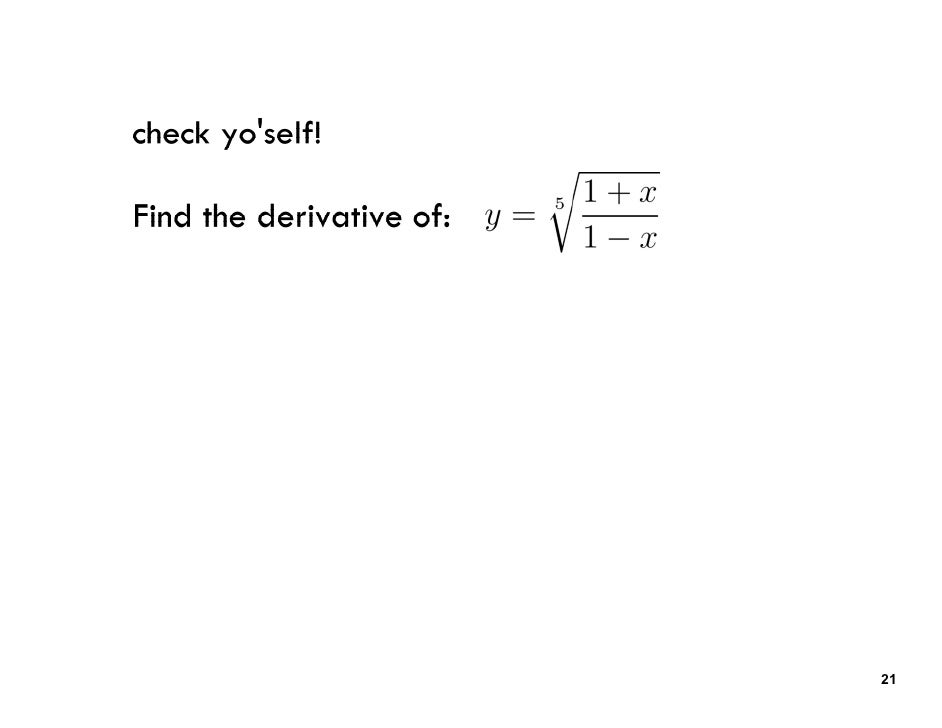



Since it is logarithmic, an earthquake of magnitude 5 is 32 times stronger (10 1.5) than a magnitude 4 one. Discrete logarithms have uses in public-key cryptography, such as the one used to deliver this log calculator securely to you, making sure no one can eavesdrop on your communication with our website.Īnother scale which is logarithmic is the Richter earthquake magnitude scale, measuring the earthquake's energy release. pH is a well-known chemistry scale for measuring acidity. A prominent example is the decibel scale in which the unit (dB) expresses log-ratios of signal power and amplitude - mostly used for sound waves. Logarithmic scales are often used when representing wide-ranging measurements in a visually compelling graph. log 1010, the result is 1 (b 1 = b for any b), while if the number is one, log b1 = 0 for any base (b 0 = 1 for any b). If the base and the number are the same, e.g. Here are some quick rules for calculating especially simple logarithms. There are values for which the logarithm function returns negative results, e.g. A pre-calculated table can also be of use, but it is most convenient to use an online log calculator like this one due to its ease of use.
#Logarithmic differentiation calculator series#
log 10(1000) = 3, but in general you can calculate logs using power series or the arithmetic-geometric mean.
#Logarithmic differentiation calculator how to#
How to calculate logarithms?Īlgorithms can be easy to compute in your mind, e.g. The graph above presents the values for the common, natural and binary logarithm functions for the values from 0.1 to 20 (logarithm of zero is not defined). When using our logarithm calculator you need to enter a "Base" of 10 for the common logarithm, 2 for the binary logarithm, and leave the "Base" field empty to get the natural logarithm calculated. The binary logarithm is, of course, mostly used in computer science, e.g. The natural logarithm is widely used in math and physics due to its simpler derivative. The common logarithm has many uses in engineering, navigation, many of the sciences like physics and chemistry. There are several named logarithms: the common logarithm has a base of 10 (b = 10, log10), while the natural logarithm has a base of the number e (the Euler number, ~2.718), while the binary logarithm has a base of 2. The notation is log bx or log b(x) where b is the base and x is the number for which the logarithm is to be found. This is an example of a simple logarithm as it basically counts the number of multiplications of the same factor - in this case 2. The logarithm (log) operation in mathematics is the inverse to exponentiation, meaning that the log of a number is the exponent to which another fixed number called a "base" was raised to produce the number.


 0 kommentar(er)
0 kommentar(er)
